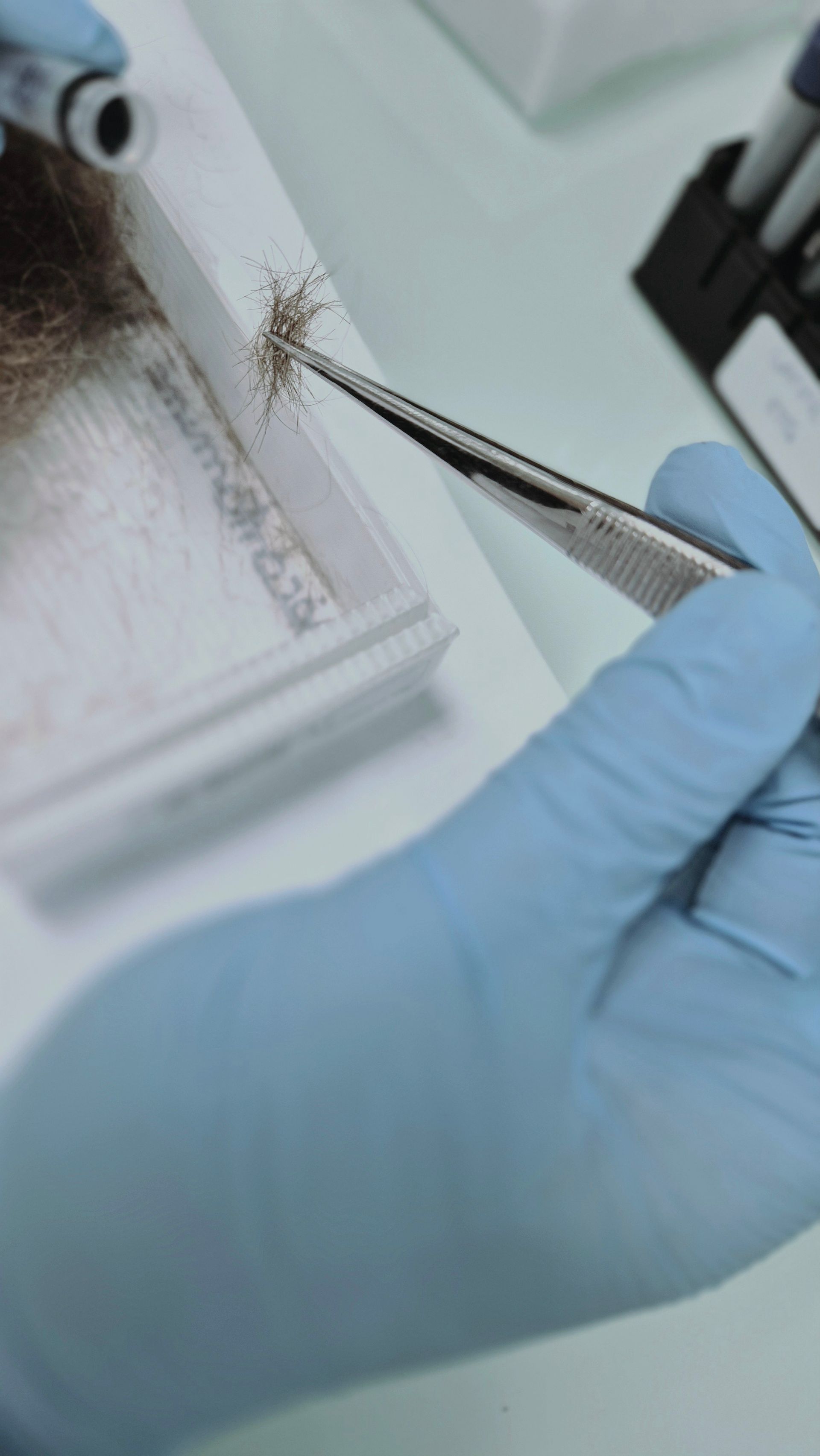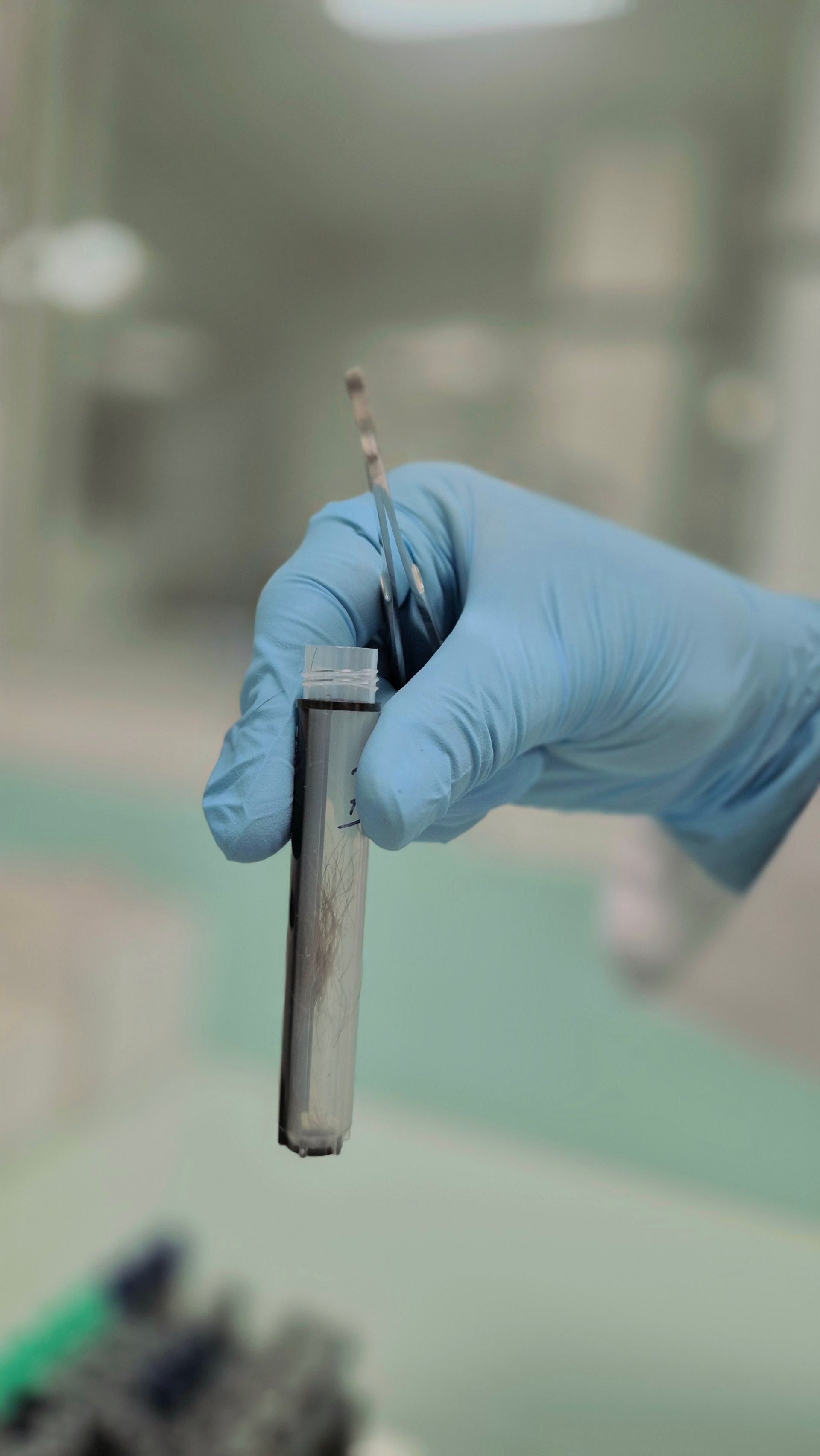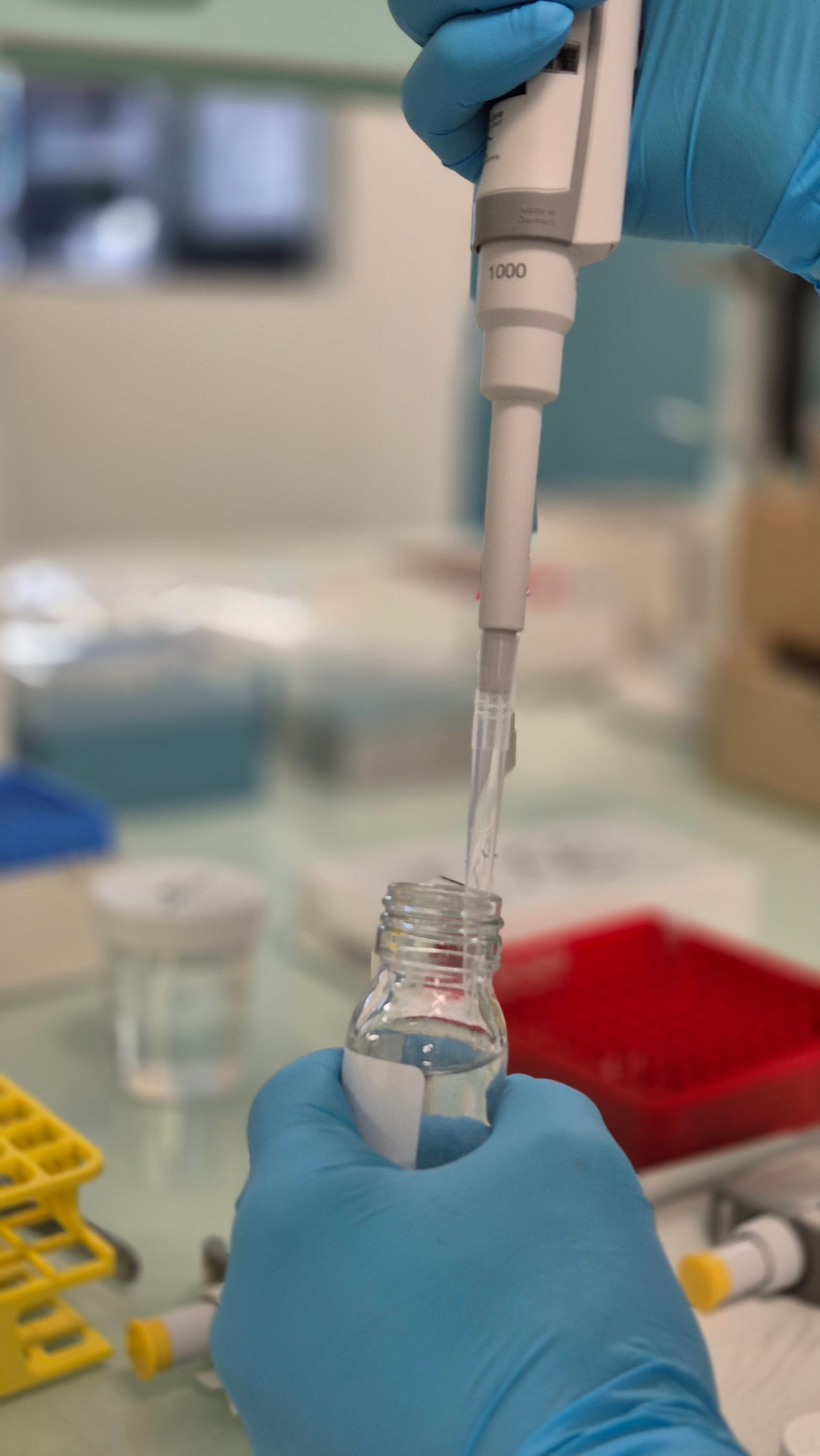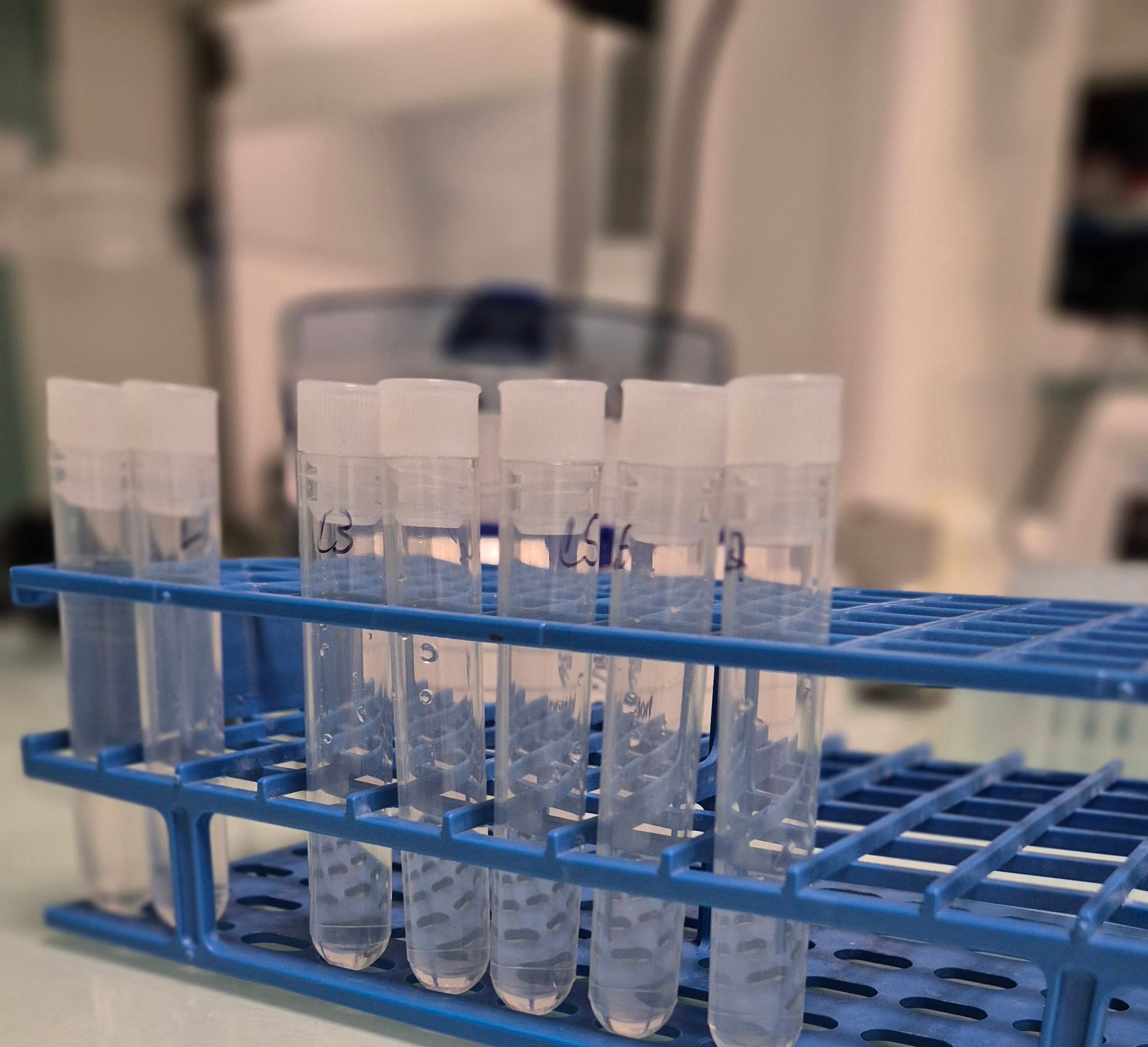ALCOHOL
NARCOTICS
DOPING PRODUCTS
CHEMICAL SUBMISSION
POISONING
chemical submission
Chemical Submission
Chemical submission is a growing concern in our society. It refers to the non-consensual administration of chemical substances, often in the context of sexual assault. At ChemTox, we understand the importance of providing accurate and reliable testing to detect the presence of substances involved in chemical vulnerability situations. Our specialized testing laboratory offers tailored solutions to help victims obtain scientific evidence of what they have experienced.

A RIGOROUS PROCESS
Hair analysis: a reliable method
Hair analysis is one of the methods we use for the detection of toxic substances in the context of chemical submission. This technique is based on the fact that hair can trap traces of toxic substances over long periods of time. This allows us to obtain relevant results, even several months after the incident. By examining hair samples, we are able to identify the substances used, thus providing a solid basis to support the victims' statements.
HOW DOES IT WORK?
Chemical vulnerability and its impact
Chemical vulnerability can manifest itself in different ways. It refers to a person's sensitivity to chemical substances that can alter their state of consciousness and, therefore, their ability to give informed consent.
This phenomenon is particularly concerning in the context of sexual assault, where victims may be manipulated or exploited due to their inability to defend themselves. Our chemical submission analyses aim to shed light on these abuses, providing scientific results that corroborate victims’ testimonies.


Awareness and education
In addition to providing testing, ChemTox is also committed to raising awareness about the issues surrounding chemical submission and sexual assault. We strongly believe that education is a critical tool in preventing such acts. We work with organizations, healthcare professionals, and law enforcement to disseminate information on how to recognize the signs of chemical submission and the recourse available to victims.
Essential support for victims
Victims of sexual assault and chemical submission face significant challenges. It is crucial that they have access to professional support and reliable resources to navigate this difficult process. ChemTox strives to be a trusted partner for these victims. By providing accurate analysis and detailed reports, we help build strong evidence that can be used in criminal investigations.

LEADER IN THE TOXICOLOGY SECTOR
A rigorous analysis process
In the laboratory, we adopt a rigorous and proven analysis process. Each hair sample is subjected to carefully defined processing protocols. Our collaborators carry out careful preparation of the samples before analyzing them using state-of-the-art equipment.
Using methods such as tandem chromatography with mass spectrometry, we can detect a wide range of chemicals, from drugs to amnesic agents, that may have been used in the chemical assault.
Confidentiality and respect
Confidentiality is a priority for us. We understand the sensitivity of chemical submission and sexual assault situations. All samples and results are treated with the utmost respect and strict confidentiality. Our applicants can be assured that their identity and information will remain protected throughout the process.
ChemTox is positioned as a key player in the field of chemical submission and hair analysis. With our expertise and cutting-edge methods, we are committed to providing reliable analyses that help to shed light on often invisible abuses. If you are faced with a situation of chemical vulnerability, do not hesitate to contact us. We are here to support you and provide you with the support you need to assert your rights.



